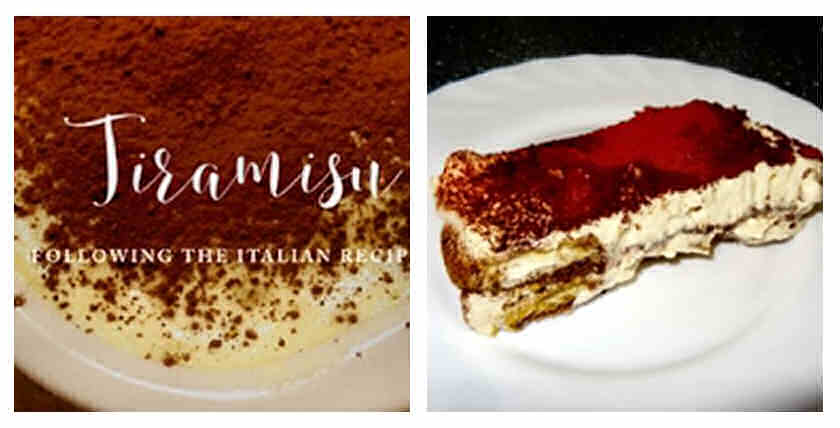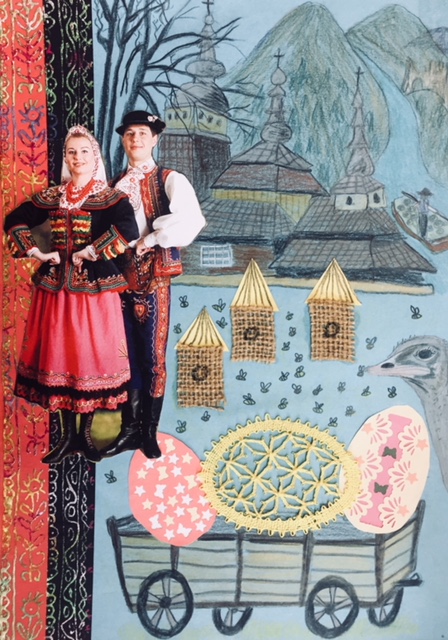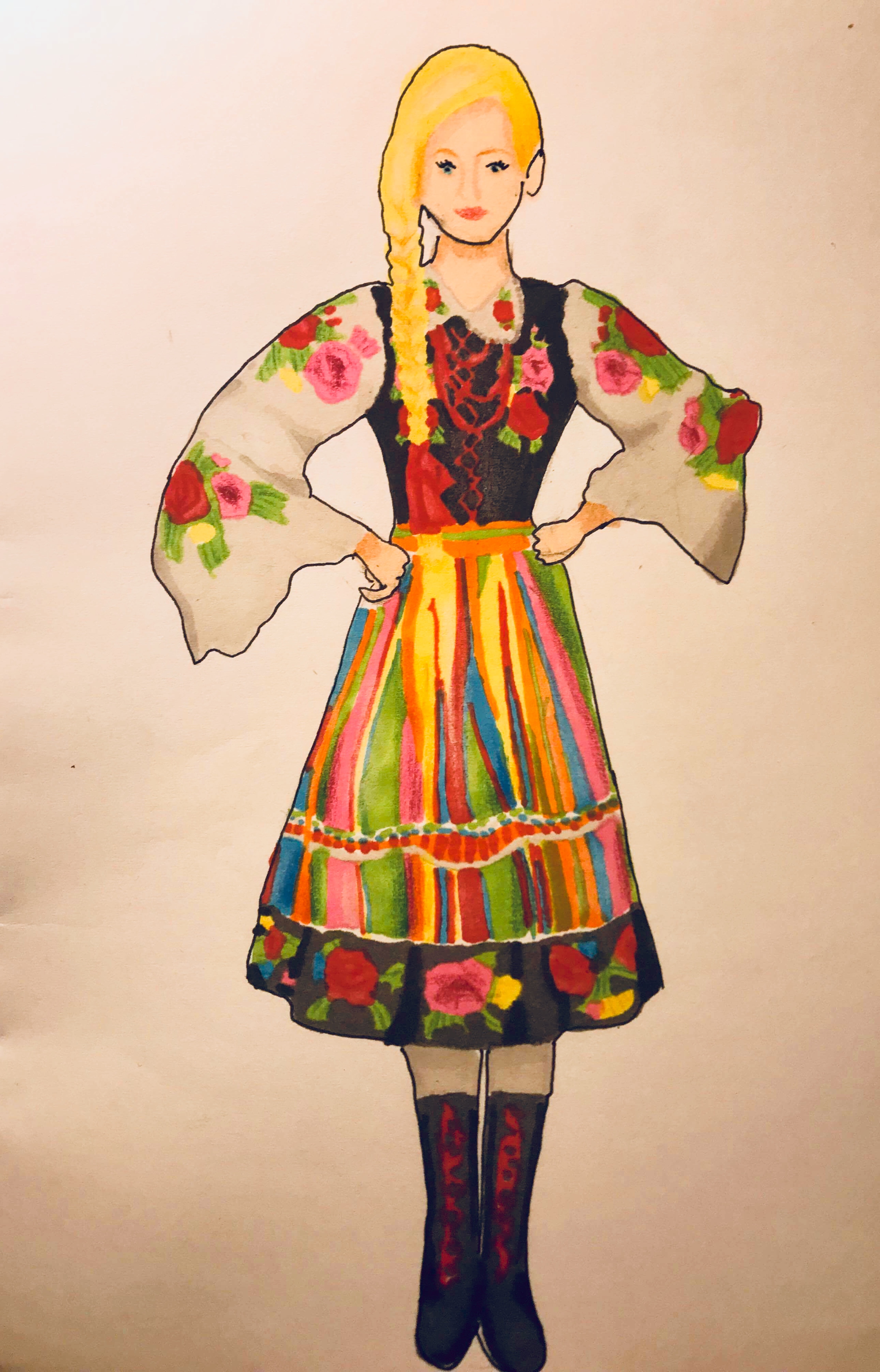This page is dedicated to our traditions related to clothes, food, dance...
Students will choose one of the partners and present some of their tradition. The partner portrayed will then share their input on the correctness of the information presented.
The cake made by a Polish student according to the French recipe
Here are the works (videos and presentations) that the Portuguese students did about our partner countries:
Polish Traditional Costumes
https://spark.adobe.com/page/zAtZUj9yKlEFZ/
Polish version of Italian tiramisu.

Madeira's take on Italy and France.
We loved learning about the Tarantella, an Italian folk dance.
We also tried our best to recreate the Italian traditional folk dance costume.
France...from a Portuguese perspective :)
POLISH SERNIK by Italian Chefs!
Some French recipes
Polish pierniczki cookies ..... made in Italy!
Madeira Island... from a French perspective...
CHRISTMAS IN POLAND
Bragança
Every two years there is a big event in Bragança called MASCARARTE. for some days you can see street and museum exhibitions, role plays, parades and much more related to the topic Traditional Masks. Masks are an important part of Trás-os-Montes traditions and culture as you will see later on when we start dealing with some our celebrations. Mascararte usually finishes with the burning of a huge puppet that symbolizes the end of all evil. Have a look at the photos.
Polish students would like to present you their workshop about traditional 17th century cuisine in Poland. Traditional recipies are our heritage, too. This is why we attended that workshop in the Wilanów Palace. We got to know a lot about ingredients and spices of 17th century cuisine in Poland. Following old recipies we prepared a dinner for us. It was fantastic and delicious!
If you would like to know more about that topic, you can go here:
https://en.wikipedia.org/wiki/Polish_cuisine
PROPOSITION OF THE POLISH TEAM
You could learn to dance POLONEZ - a solemn historic national dance of Poland. POLONAISE means POLISH in French :) The dance originated as a peasant one known under various names – chodzony ("pacer"), pieszy ("walker") or wielki ("great") was recorded as early as the 15th century. In later centuries it gained popularity among the nobility and is danced nowadays too at the beginning of ceremonies like school graduation.
More information here:
http://culture.pl/en/article/polonaise-the-royal-dance-every-polish-teenager-has-to-master
Frederic Chopin's polonaises are the best known of all polonaises in classical music.
Here are videos presenting how to dance POLONEZ. Enjoy!
And here are short tutorials for you (steps and some figures):
STEPS
FIGURES
Here you can watch polonez danced in the Polish film "Pan Tadeusz":
The music for you to dance and watch some Polish palaces and castles:
POLISH TRADITIONAL COSTUMES
Usually the Polish girl’s folk costume has embroidered vest, white blouse and full skirt. There are many variations in embroidery, details on skirts, apron and length of skirts.
The Polish man's folk costume is decorated with various trims and embroidery. A long coat is paired with high leather boots and a hat topped with flowers.
Here is a traditional costume of the Beskid Mountains region on the South of Poland:

TRADITIONAL COSTUME OF ŁOWICZ REGION NEAR WARSAW
One of the richest, most beautiful and glamorous traditional costumes of Poland, the clothing of the Łowicz central regions continues to be taken out of the closet for festivities and national holidays today. Throughout the years it has undergone many changes. Its main characteristic is stripes in all colours, shapes and sizes that adorn women's skirts, dresses, heavy woollen garments, aprons, corsets and caftans as well as men's trousers. Strojeludowe.net reads,
In the second half of the 19th-century, there was a preponderance of red fabrics with thin individual strips or in beams. The beginning of the 20th-century marked the time of the transformation of the Łowicz costume. The strips were set against an orange background and the green coloured strips were diversified and enriched through the addition of vermilion, white and violet. The most important changes however, especially for the female costume, took place during the interwar period. The striped cloth colour palette was taken over by colder shades: greens, violets, emerald colours obtained with aniline dyes. The variety of the fabrics, their diverse colours and undoubted beauty encouraged the spread and imitation of the style , the so-called Łowicz fashion to other regions.
 by Natalia P.
by Natalia P.